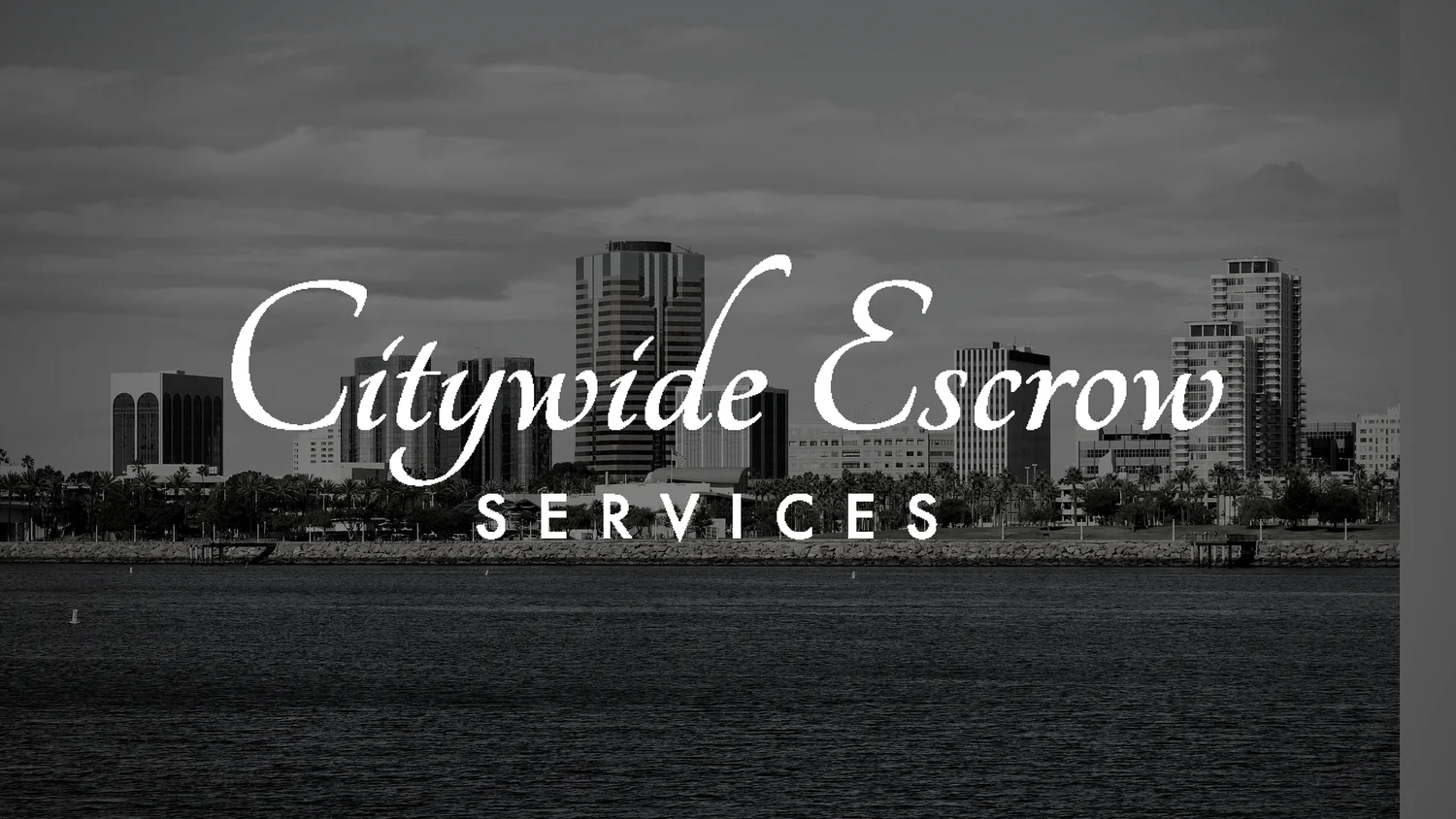LIFE OF AN ESCROW
The more prepared you are before escrow opens, the smoother your transaction can be. We provide an overview of the escrow process below, along with information about the TILA-RESPA Integrated Disclosure (TRID) timeline.
What is an Escrow?
The escrow process is the method by which a property is transferred from the prior owner (Seller) to the new owner (Buyer) by means of a neutral third party, the escrow company.
Escrow Process
Here are the ten basic steps of the escrow process.
1. Prepare Escrow Instructions: These are prepared by your Escrow Officer and both the Buyer and Seller must agree to and sign the escrow instructions. In the purchase of a home, these instructions include: purchase price and terms, agreement as to mortgages, matters of record subject to which Buyer is to acquire title, inspection reports to be delivered into escrow, proration adjustments, date of Buyer’s possession of the property, documents to be signed, delivered, and recorded , disbursements to be made, costs, charges and who pays for what, and the date of closing.
2. Order Title Search: A title search is ordered and the Escrow Officer examines the resulting preliminary title report for items not included in the original escrow instructions. These things include whether or not there is a lien or additional loan on the property that wasn’t reported. The Seller either has to clear these items or they must be brought to the attention of the Buyer.
3. Request Demands and/or Beneficiary Statements: If the Seller’s existing loan is to be paid in full through escrow, request a demand for pay-off. If the Buyer is purchasing the property subject to or assuming a loan, request the beneficiary statement.
4. Accept Structural Pest Control and Other Reports: All of these reports pertain to the property’s condition. The Escrow Officer might obtain necessary approvals from the Seller and/or Buyer, due to information contained in the reports.
5. Accept New Loan Instructions and Documents: The Escrow Officer will facilitate the Buyer’s approval/execution of the loan documents. The Escrow Officer must also satisfy all of the lender’s instructions before using the lender’s funds to complete the transaction.
6. Complete Settlement: The Escrow Officer will make all prorations, accepts and delivers any fire insurance policy, completes the settlement details, and informs the Principals that escrow is ready to proceed.
7. Request Closing Funds: The Escrow Officer cannot disburse any funds until all items have cleared and become available for withdrawal.
8. Prepare File For Closing: The Escrow Officer accounts for all funds and documents and verifies that the parties have complied with all of the escrow instructions.
9. Order Recording: The Escrow Officer authorizes the title company to record the necessary documents.
10. Close Escrow: Hooray! The escrow holder can “close escrow” after confirming recording by: preparing settlement statements for Buyer and Seller, disbursing all funds, and delivering documents to all parties involved.
The more prepared you are before escrow opens, the smoother your transaction can be. We provide an overview of the escrow process below, along with information about the TILA-RESPA Integrated Disclosure (TRID) timeline.



